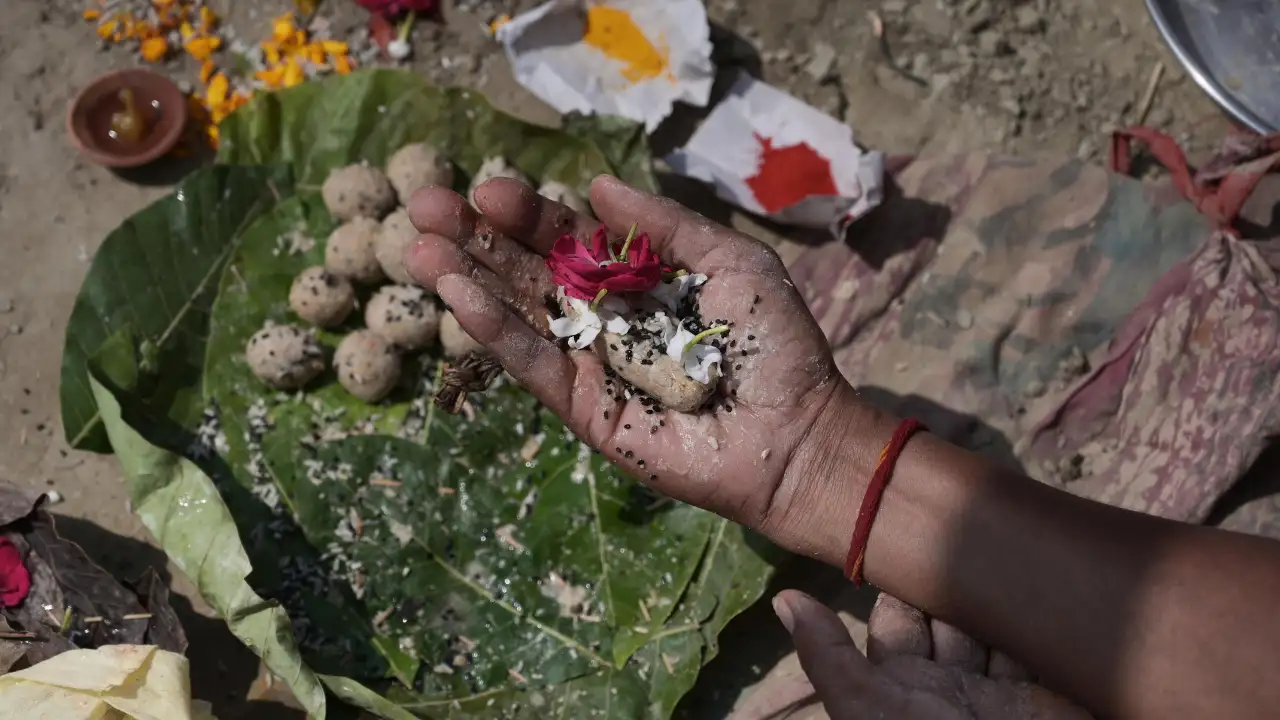By Zafar Mirza
Copyright dawn

DEVASTATING floods are now an annual emergency in Pakistan. Climate change is hitting hard, manifesting in new weather patterns including cloudbursts. Sudden torrential rainfall, which continues relentlessly, can literally move mountains. This phenomenon was observed in many places in the northern parts of the country. The gushing water sweeps away boulders, trees, soil and everything else in its way, including houses, vehicles and livestock. Witnessing the aftermath of one such cataclysmic event in Qadir Nagar in Buner was an unforgettable experience, as was meeting an old man there who had lost 31 members of his family in the Aug 15 cloudburst.
The people’s suffering during the floods is manifold, immediate and long-term, direct and indirect. Suddenly, everything is washed away, sometimes even loved ones, and, in many cases, livelihoods. They are uprooted from their homes and communities; they get separated from their loved ones, and there is no longer any social support network. As a result, they undergo extreme mental stress and, in many cases, suffer physically.
Hence, any emergency response during the flood season has a healthcare component. In order to organise a suitable healthcare response, it is important to understand what afflicts people most frequently during the floods.
In general, there are five groups of medical and healthcare problems during the floods, and healthcare provision should be planned accordingly.
Five groups of healthcare problems are observed during floods.
The first set of problems is seen immediately after the onset of the floods. These challenges are of an acute nature and require an immediate medical response. They include mild to serious injuries, which are caused by people struggling to save themselves from drowning, hypothermia due to prolonged submergence in water, injuries due to the collapse of buildings and infrastructure, and snakebites. All this requires first aid and shifting the more seriously injured to the appropriate health facilities. Some of them may require minor or even major surgeries.
The second group follows the first, ie, the spread of waterborne diseases, including but not limited to diarrhoea (especially among children), cholera, typhoid and hepatitis E. Malaria and dengue also spread during this time due to stagnant pools of water. Allergic skin rashes and scabies are common as well. The provision of safe drinking water and food is critical not only for hydration and nutritional purposes but also to prevent the spread of waterborne diseases. Along with that, hand washing, sanitation and other infection prevention and control measures should be promoted among the people.
With an increasing number of environmental samples testing positive for poliovirus and the growing number of polio cases in the north, there is a need to carry out special polio vaccination campaigns in the flood-affected areas as and when possible. Under unsanitary conditions, poliovirus can contaminate food and water. Likewise, the cholera vaccination should be considered to control likely outbreaks. An outbreak of measles must also be anticipated in camps.
The third group is composed of flood-affected people whose healthcare has often been ignored. These people were already suffering from chronic health conditions. Their healthcare is further disrupted due to the flood emergency. Chronic conditions, or non-communicable diseases, usually require lifelong treatment. Diabetes, in particular, needs to be mentioned. Insulin and other antidiabetic medicines are a lifeline for patients with diabetes. Likewise, patients of blood pressure, with chronic respiratory problems, require medications to be continued.
The fourth group of problems consists of mental health issues, which make up another, often ignored, and, unfortunately, stigmatised category. The stress of loss causes anxiety and depression. Mental health support to the flood-affected must be planned as part of the medical response and should not be an afterthought or relegated to non-essential care. Trained mental health professionals should be part of the medical team. Post-traumatic stress disorder is the most commonly occurring condition, and must be handled with care.
The fifth category consists of vulnerable groups and their special needs. Pregnant women, young children, old women and men, and persons with disabilities — all require special and prioritised attention to their condition and needs in times of emergency.
These five sets of problems can guide the selection of medicines and other medical supplies and composition of the healthcare teams — including those with mental health training.
A well-meaning but ill-informed healthcare response as part of the overall emergency response can be insufficient, even counterproductive. It is not just about providing medicines doled out by laymen to unsuspecting people, who may only suffer their side effects. Planning healthcare for the flood-affected people requires not only medical (curative) services but also equally important preventive, promotive and rehabilitative health services.
Indiscriminate medicine donations by families and pharmaceutical companies can sometimes create more problems than they solve. There is a lot of international experience of bad medical donations during times of emergency, which cannot be used. Eventually, they have to be disposed of, which is also a challenge.
The WHO has developed, and has been supplying, a number of standard emergency health kits. Over the years, the agency has improved these kits, learning from emergency experiences around the world. Of special relevance is their Interagency Emergency Health Kit, which can serve the medical needs of 10,000 people for three months. Another one is the Cholera Kit-2020, which can serve the needs of 100 patients. There is much to learn from the contents of these kits in order to organise medical supplies. There is a lot of literature available on this on the WHO’s website and in its publications.
The most difficult part of the response is helping people get back on their feet and restart their lives. By that time, all early responders have gone back. The floods are no longer breaking news for the media. People have a long walk ahead to resettle themselves as they were before the floods began — often without help and in depressing loneliness. Relief should include recovery.
The writeris a former health minister and currently a professor of health systems & population health at the Shifa Tameer-i-Millat University.
Published in Dawn, September 19th, 2025



